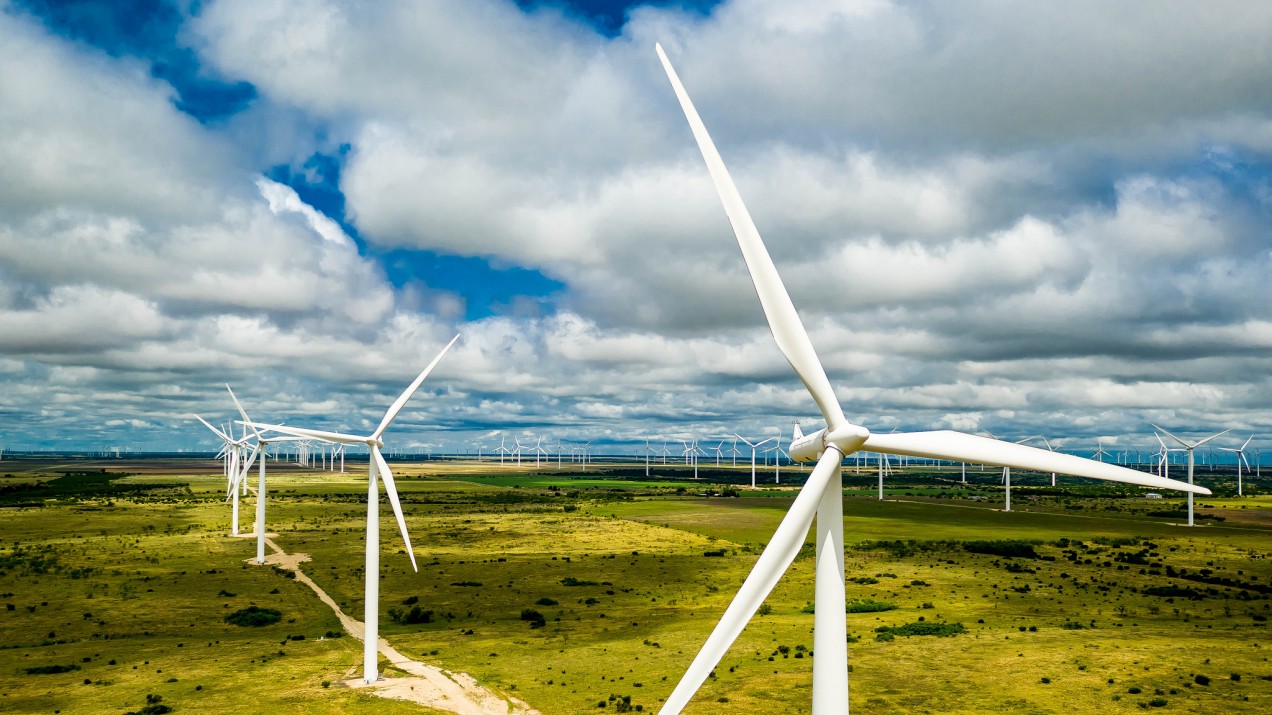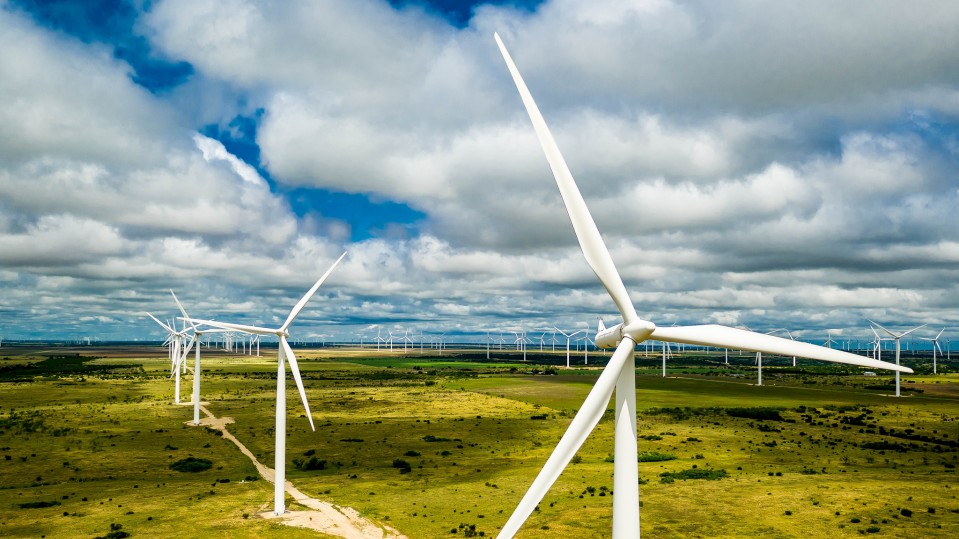

Blockchain / Bitcoin
This company thinks it can help solve Bitcoin’s energy problem
Soluna says its new business model can be good for blockchains and clean energy development.

It’s undeniable: Bitcoin’s energy guzzling is a growing environmental problem. It’s been estimated that the network uses nearly as much electricity as all of Ireland, raising alarms about its carbon footprint. In theory, though, it doesn’t have to consume nearly as much fossil-fuel-based power as it does today—and a new renewable-energy company has an ambitious plan to prove it.
This piece first appeared in our twice-weekly newsletter Chain Letter, which covers the world of blockchain and cryptocurrencies. Sign up here—it’s free!
The firm, called Soluna, has acquired a 37,000-acre wind-farm site in Morocco-controlled Western Sahara that it says has the potential to host up to 900 megawatts of power-generating capacity. (A recent estimate (PDF) suggests that the Bitcoin network uses at least 2.55 gigawatts.) Development of the site began nine years ago, but progress stalled under its previous owners. Soluna, which has teamed with the German wind-power developer ALTUS AG, aims to build at least 36 megawatts of capacity by 2020 and complete the entire 900 megawatts in five years. The wind power will then supply cheap electricity to a high-density computing center for “mining” Bitcoin and other cryptocurrencies.
Soluna will use the money it makes from mining to further develop the wind farm, says CEO John Belizaire, who adds that it will also be able to make money selling power to the Moroccan grid. He believes Soluna’s “vertically integrated” mining model represents not only a cleaner way to maintain Bitcoin’s and other blockchain networks, but also a new way to fund renewable-energy development.
Mining—the algorithmic process by which the network’s participants agree that new Bitcoin transactions are valid—is what makes the network so energy-intensive. Miners compete to add sets of new transactions, called blocks, to the accounting ledger. This requires performing a complex calculation many times repeatedly in an attempt to guess a unique number that cryptographically links the new block to the previous one. The process stores the data in a way that makes it extremely difficult—and expensive—to tamper with, since changing data in one block requires changing all the previous ones as well. (see “How secure is blockchain, really?”)
Electricity is the largest variable cost to miners, who can profit as long as that cost is smaller than the value of the bitcoins they mint as reward for maintaining the ledger. That’s a big reason why so many mining operations are based in China, where in some regions it is possible to purchase extremely cheap coal-fired power—as cheap as $0.03 per kilowatt-hour. (For comparison, the average residential rate in the US in May of this year was just over $0.13 per kilowatt-hour.)
Soluna projects (PDF) that its wind farm will be able to generate power as cheap as the cheapest Chinese coal power. Belizaire believes his company is the first one aiming to develop and use its own energy resource for crypto-mining. “Assuming you can develop the power at the lowest cost, you by definition will always have the lowest cost, because no one is going to change your power price,” he says. The company “anticipates that it can profitably mine in almost any foreseeable cryptocurrency price environment,” according to a white paper (PDF). Belizaire says it will also be possible to take this business model to other parts of the world, where Soluna can use it to develop “similarly rich” clean power resources.
The company has, in effect, taken a long position on blockchain technology. The bet is that the technology is in its “early, early days” and is poised, Belizaire says, to usher in “a new internet, if you will”—one based on decentralized computing. Even if more energy-efficient consensus mechanisms emerge to replace Bitcoin’s mining process, such a global “blockchain ecosystem” will still require lots of energy—and it ought to be supplied by renewable resources, he says.
This article has been updated to clarify the location of Soluna's wind power site.